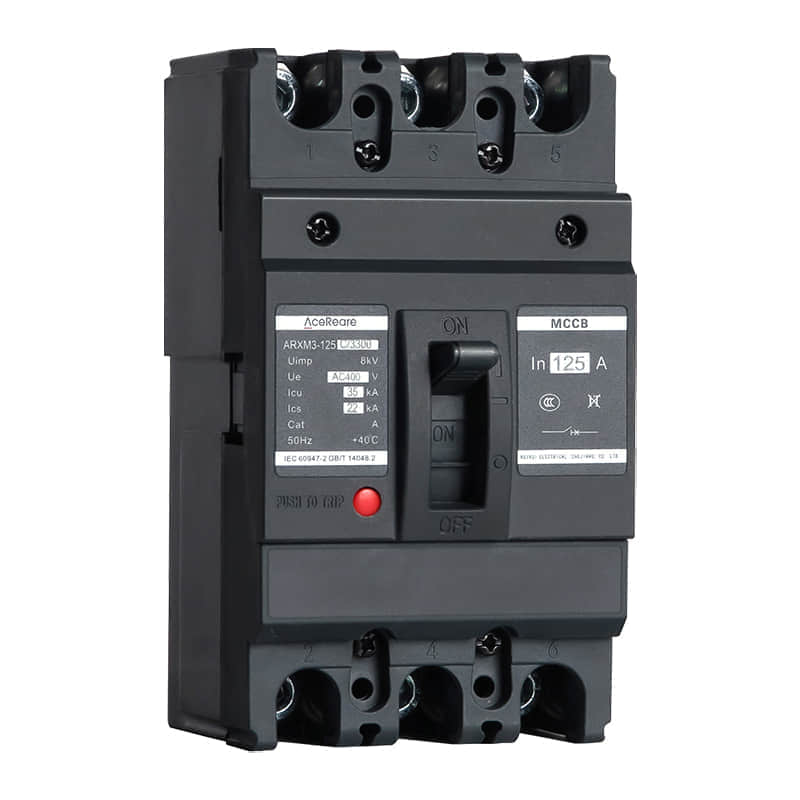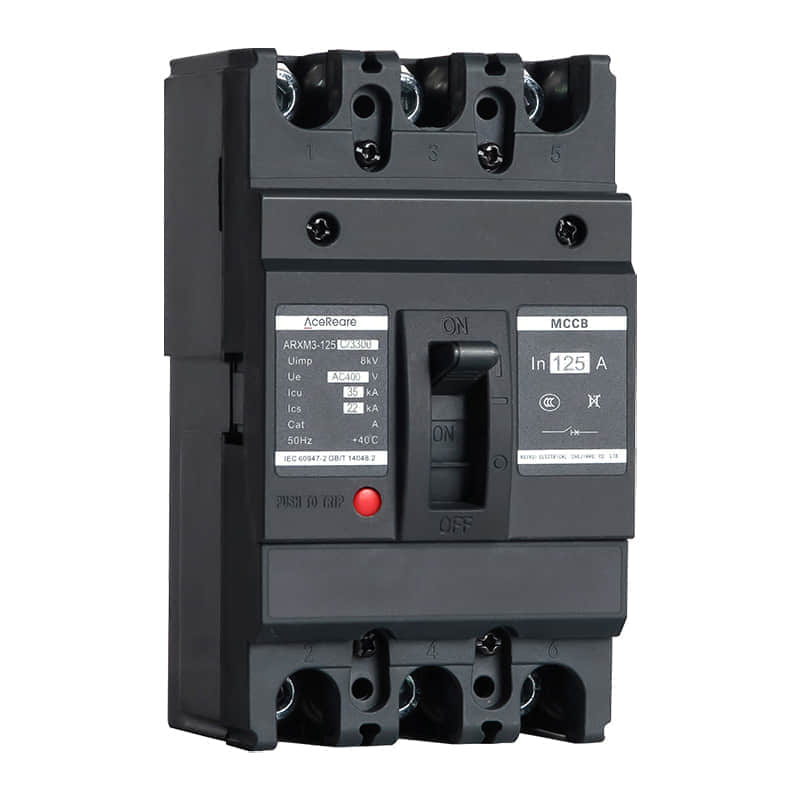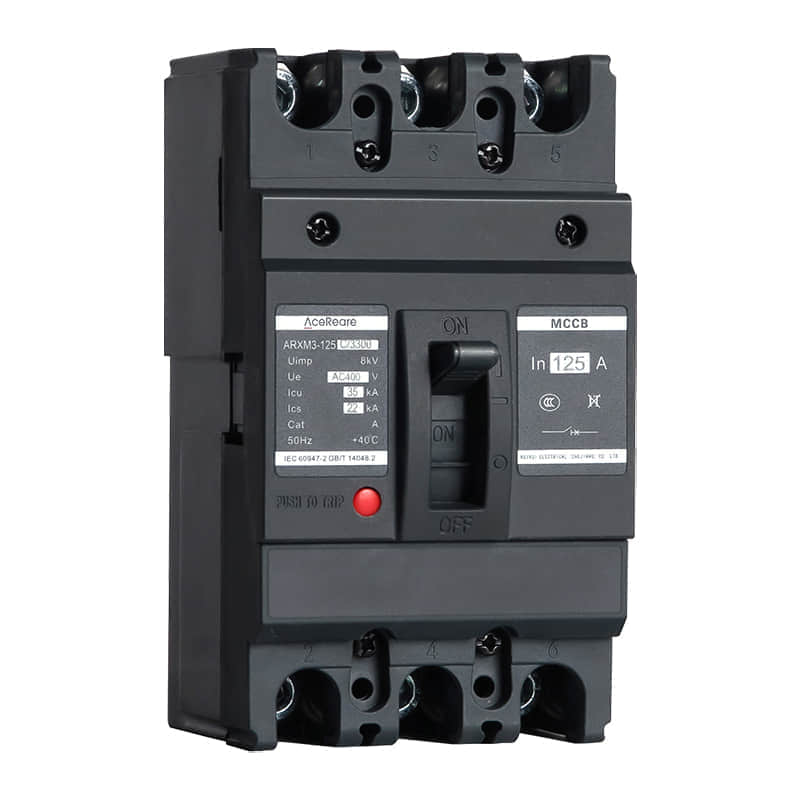In the realm of electrical systems, the 100 amp Molded Case Circuit Breaker (MCCB) stands as a pivotal component, offering robust protection against overloads and short circuits. Its vital role in maintaining the integrity and safety of electrical circuits cannot be overstated. This article aims to delve into the functionality, characteristics, and applications of the 100 amp MCCB, highlighting its significance in modern electrical systems.

The 100 amp MCCB is a type of low-voltage protective device designed to interrupt the flow of electric current in the event of an overload or short circuit. Its molded case construction ensures durability and resistance to environmental factors, making it suitable for a wide range of applications. The breaker’s ability to handle up to 100 amperes of current sets it apart for use in systems that require high-capacity protection.

The functionality of the 100 amp MCCB lies in its thermal-magnetic trip mechanism. This mechanism monitors the current flowing through the circuit and responds swiftly to any abnormalities. In the case of an overload, the thermal element of the trip mechanism heats up, causing the breaker to trip and interrupt the circuit. Similarly, in the event of a short circuit, the magnetic element of the trip mechanism detects the high fault current and rapidly trips the breaker. The 100 amp MCCB also features a number of auxiliary components that enhance its functionality. These include auxiliary contacts, which provide status indication of the breaker’s position, and undervoltage releases, which prevent the breaker from closing if the voltage is too low. These components contribute to the overall safety and reliability of the electrical system.
